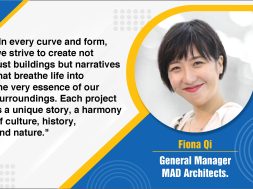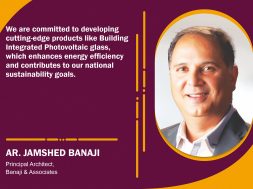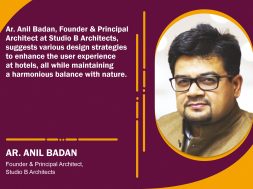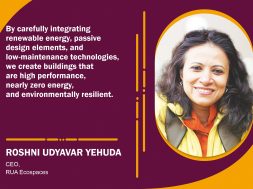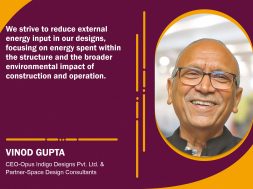Creating spaces with distinctive designs rooted in local culture
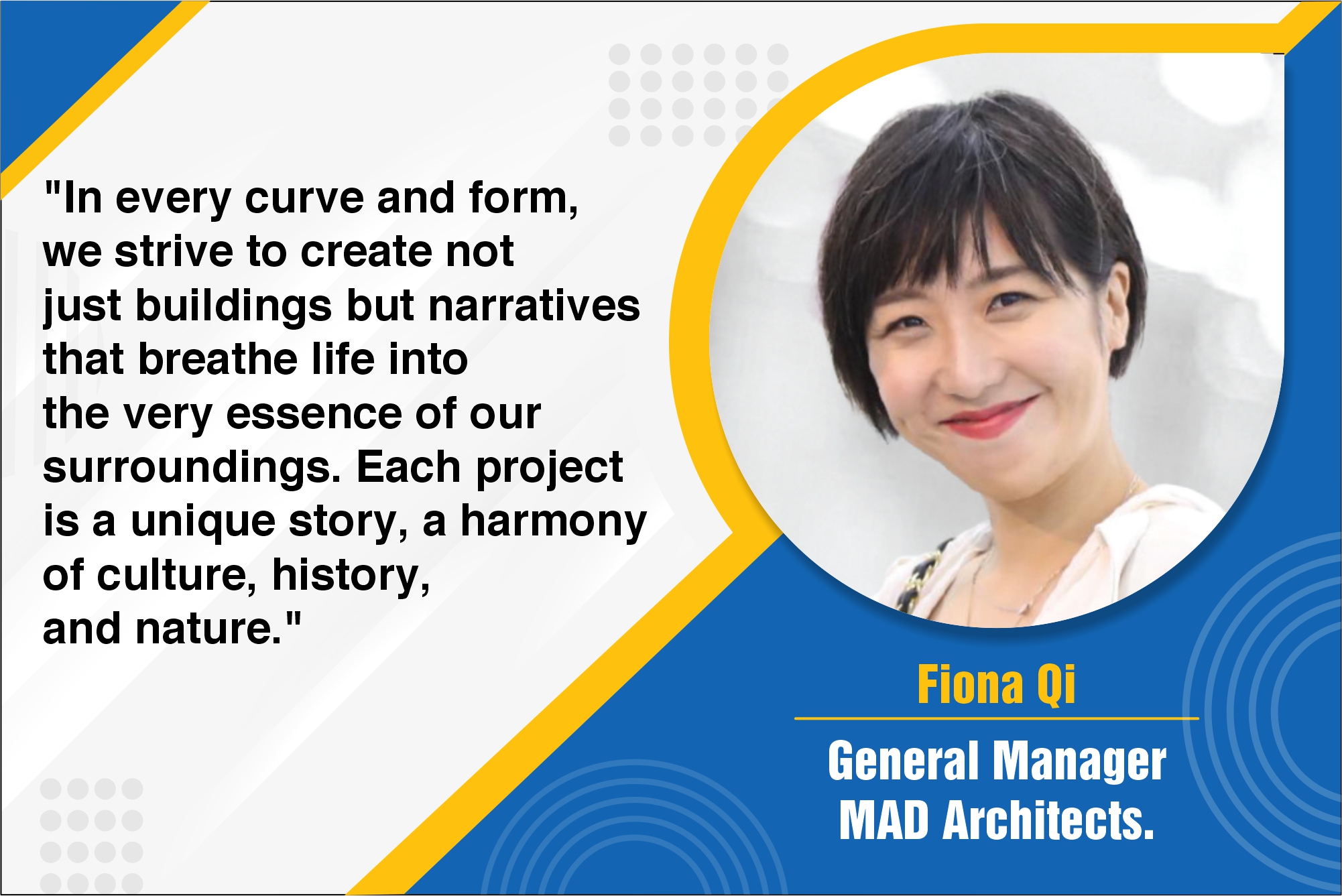
Fiona Qi, the Director of MAD Architects, explores the essence of originality, sustainability, and timelessness in architectural marvels.
What approach do you find most effective for creating original designs for your architectural projects? Could you share some instances where this approach has been successful?
Our approach emphasises the importance of uniqueness in each project, ensuring that we don’t replicate designs but maintain a consistent foundation. The distinctive nature of our designs is derived from a thorough understanding of the project’s location, encompassing aspects such as the city’s culture, history, and civilisation. MAD architects value organic and curved forms that harmonise with the surroundings’ openness, history, and nature. Collaboration with local residents is integral to our process, ensuring our designs seamlessly integrate with the community.
How do you balance aesthetics and functionality in architecture, and what philosophy resonates with you in achieving this balance?
Functionality is the fundamental idea, but it doesn’t mean compromising aesthetics. We believe in creating projects that serve their intended purpose and breathe life into people, time, space, and nature. Unlike sculpture, which prioritises utility over architectural beauty, we strive to balance functionality and aesthetics in urban design.
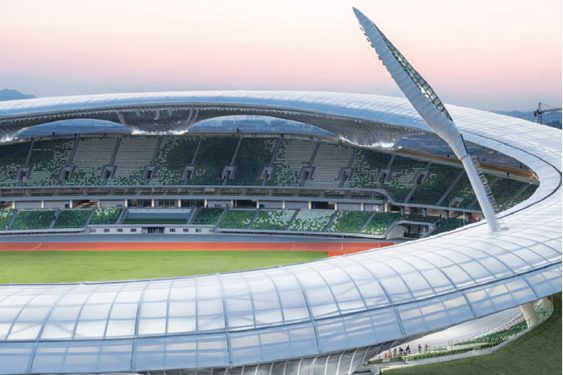
Regarding building materials, what do you find appealing in terms of functionality?
Materials play a crucial role in our architectural considerations. While we have witnessed advancements in materials like glass and steel after the Industrial Revolution, our focus now extends to materials that endure time and symbolise civilisation and city culture. Sustainability is paramount, and we engage with local markets to source materials that align with the area’s architectural feel and cultural identity.
What role does sustainability play in your architectural projects, and could you provide insights into a specific project?
Sustainability, often a broad term, is central to our considerations. It’s essential to differentiate between clean and green energy, especially considering the global disparities in energy usage. We prioritise sustainability in developed countries with access to clean energy while recognising the need for alternatives in growing regions. Sustainability should not be a trend but a thoughtful consideration, balancing environmental impact with practicality.
In ensuring your designs are timeless yet contemporary, how do you navigate this balance within your architectural practice?
We often emphasise the fleeting nature of modernism within the broader history of human civilisation. To achieve timelessness, we draw inspiration from the past while considering potential futures. Material choices, forms, and formations are pivotal in achieving a design that transcends temporal boundaries. We remain dedicated to advancing our projects and contributing to the architectural landscape.
Please provide insights into some upcoming projects your company is currently undertaking.
We’re currently engaged in exciting projects, such as the Museum of Narrative Arts in Los Angeles and the Phoenix Museum of Migrants in Rotterdam, both scheduled to open in 2025. These projects mark significant milestones for MAD Architects, with numerous other constructions in progress across Beijing, the United States, and the Europe Office. These years are shaping to be monumental for MAD, turning our dreams and aspirations into reality.
For more info visit: http://www.i-mad.com/office/info/
37
Cookie Consent
We use cookies to personalize your experience. By continuing to visit this website you agree to our Terms & Conditions, Privacy Policy and Cookie Policy.
